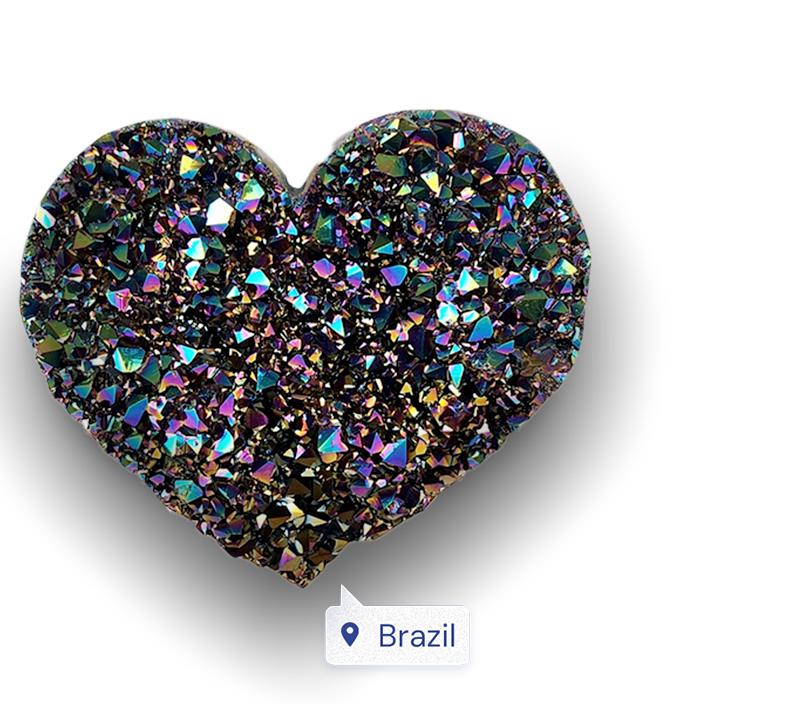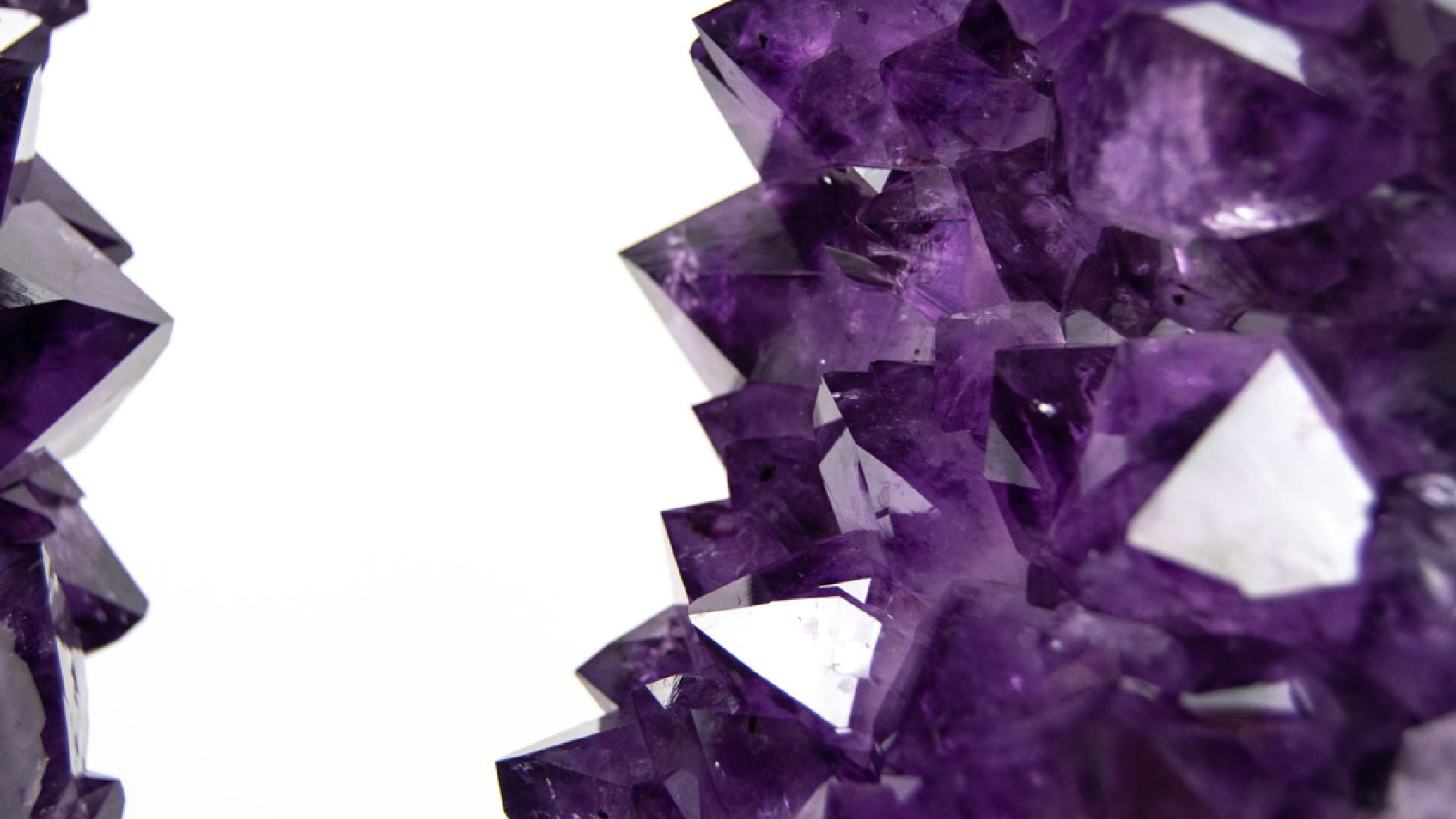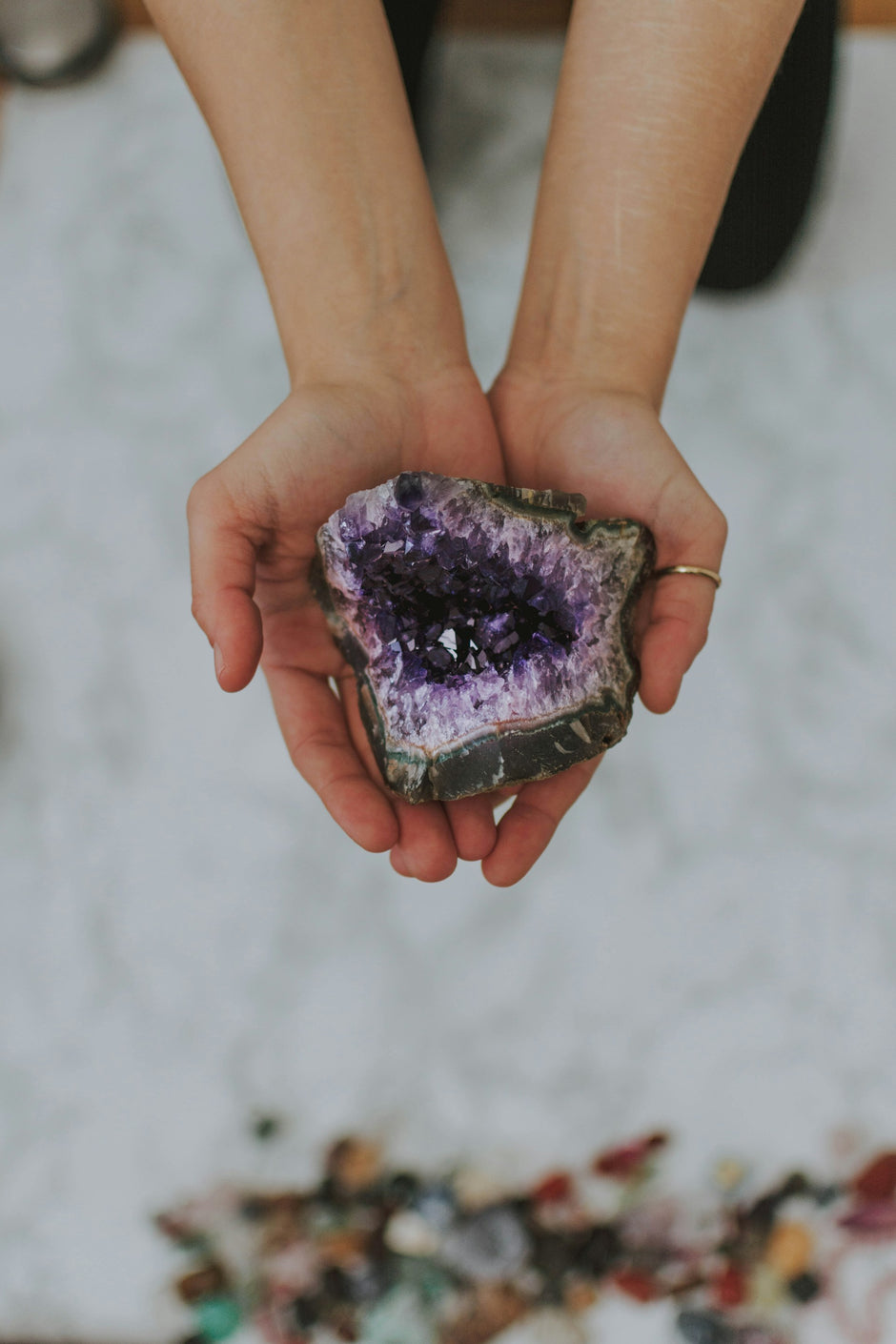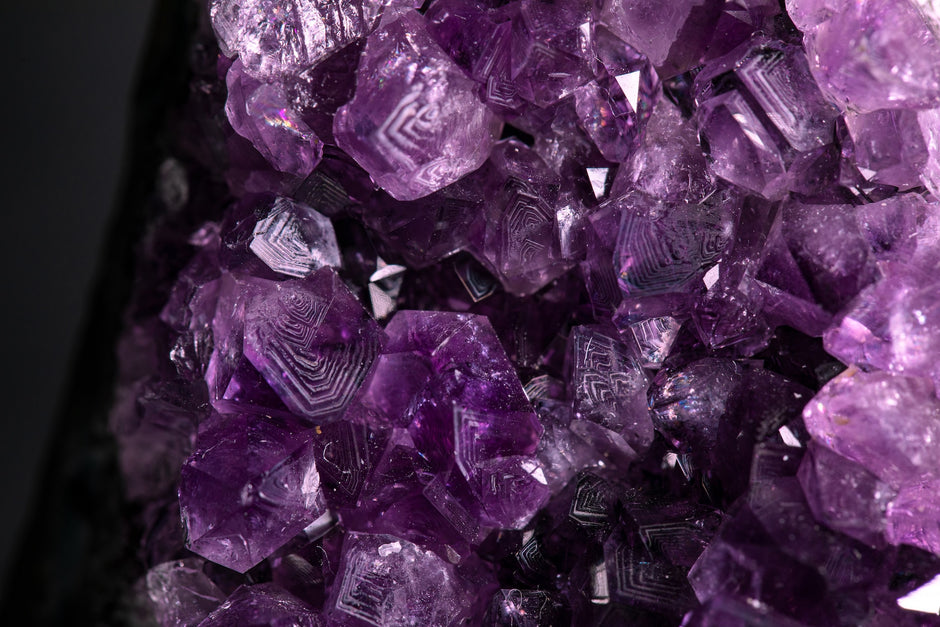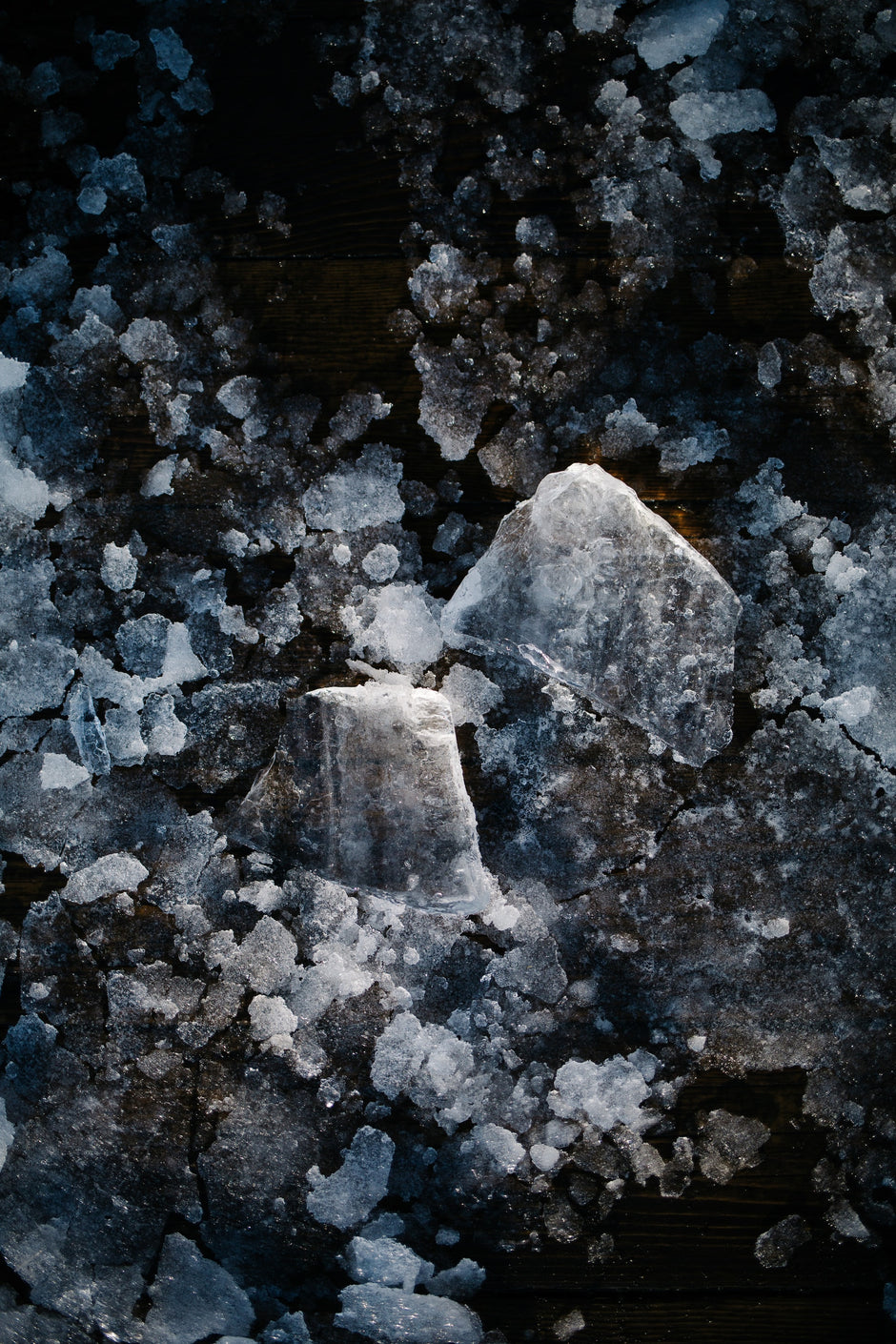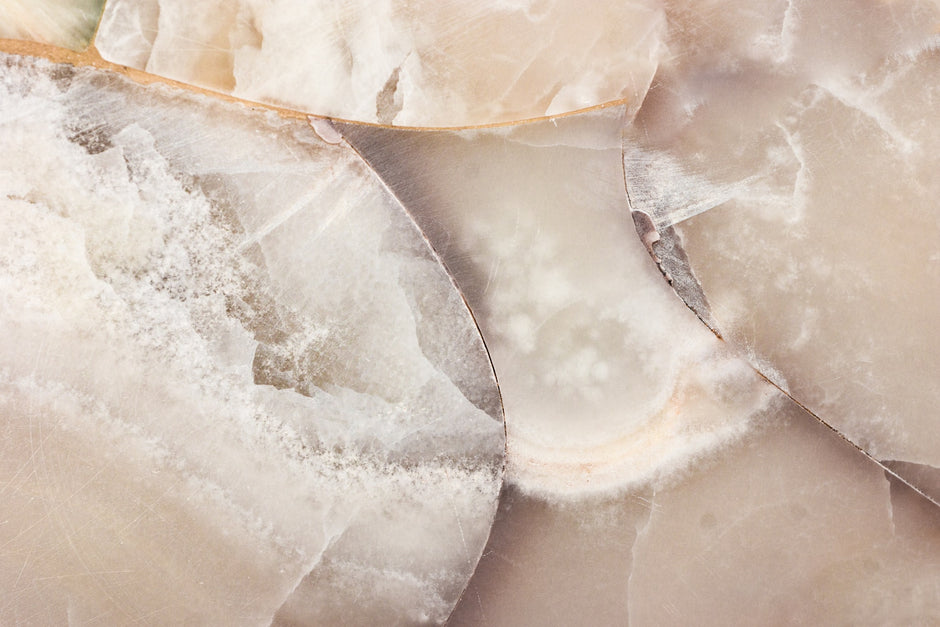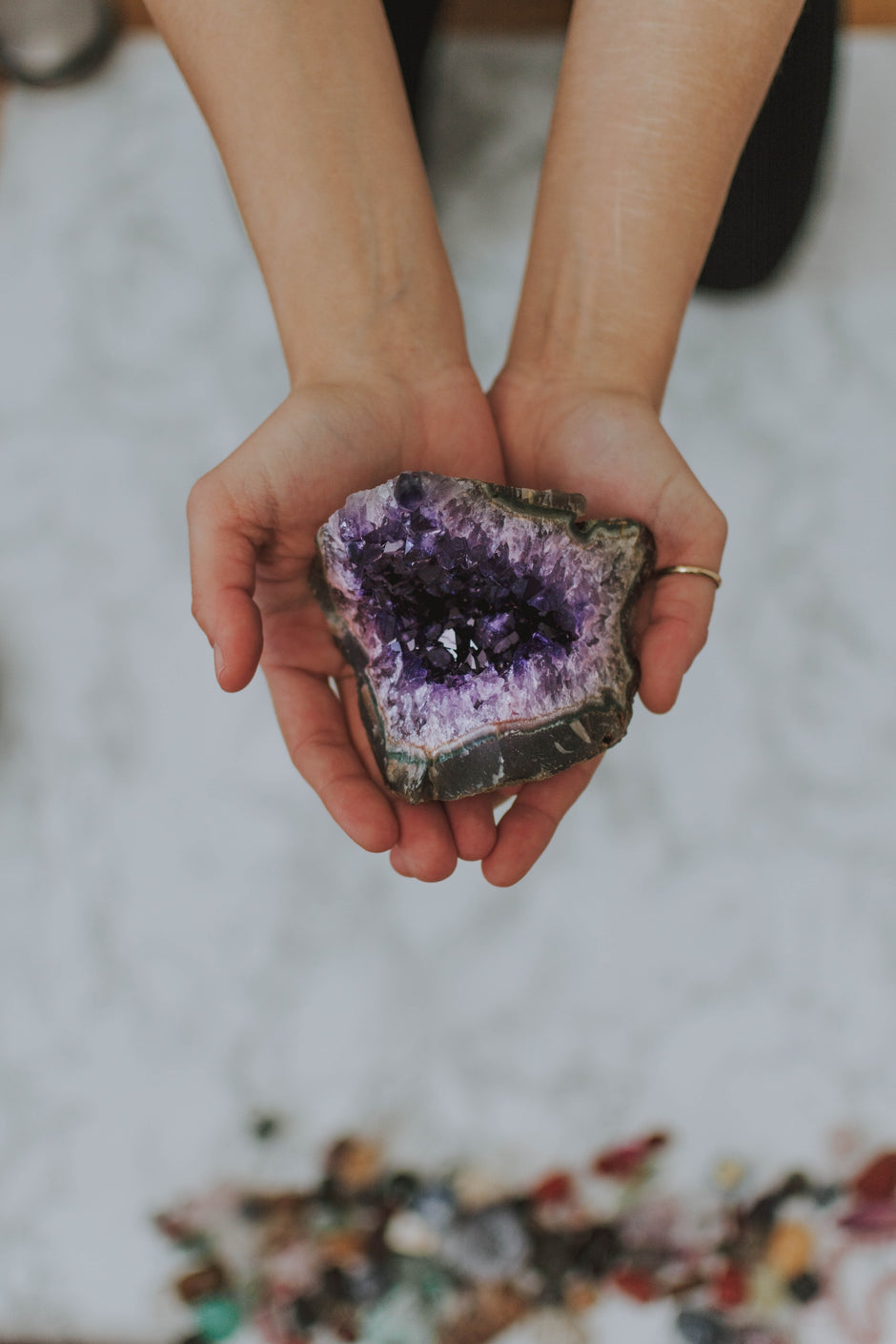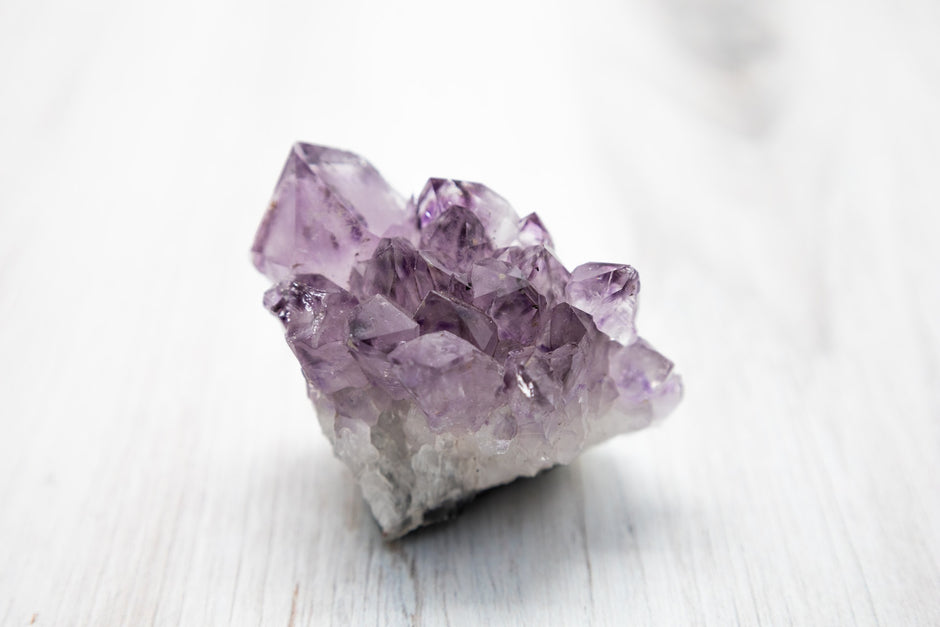Gemstones have long been treasured for their captivating beauty, vibrant colors, and unique properties. Whether it's a dazzling diamond, a radiant ruby, or an alluring amethyst, each gemstone is a precious piece of Mother Earth's artistry. However, these natural treasures are not just about aesthetics; they are investments that require proper care and maintenance to keep their sparkle alive for years to come.
In this gripping guide, we'll delve into the essential steps for gemstone care and maintenance. From understanding the unique characteristics of different gemstones to the basic cleaning steps and what to avoid, this article aims to be your go-to resource for keeping your gemstones in pristine condition. So, read on to discover practical and actionable tips that will help you maintain the intense beauty and value of your precious stones.
Understanding Your Gemstones
Before you dive into the world of gemstone care, it's crucial to know what you're dealing with. Each gemstone is unique, not just in its color and form, but also in its physical and chemical properties. Understanding these characteristics is the first step in providing the right care and avoiding potential damage.
Types of Gemstones
- Hard Gemstones: Diamonds, rubies, and sapphires fall into this category. They are generally more resistant to scratches and can withstand more intense cleaning methods.
- Soft Gemstones: Pearls, opals, and turquoise are examples of softer stones that require gentle care to prevent scratches and other damage.
- Heat-Sensitive Stones: Some gemstones like amethyst and citrine can fade or even crack when exposed to high temperatures.
Reactivity to Elements
Gemstones can react differently when exposed to various elements. Here are some common factors to consider:
- Heat: High temperatures can alter the color of some gemstones or even cause them to crack.
- Light: Prolonged exposure to direct sunlight can fade the color of some stones.
- Chemicals: Household cleaners, perfumes, and even lotions can cause discoloration or damage.
Make sure you know the type of gemstone you own. Some stones look similar but have different care requirements. If you're unsure about the type of gemstone you have, consider getting it identified by a certified gemologist.
Some gemstones undergo treatments to enhance their color or clarity. Knowing whether your gemstone is treated can guide you in choosing the appropriate care methods.
By gaining a comprehensive understanding of your gemstones, you'll be better equipped to provide them with the care they need. This knowledge is not just for the sake of trivia; it's a vital part of maintaining the value and beauty of your precious stones.
Basic Cleaning Steps
Once you've familiarized yourself with the unique characteristics of your gemstones, it's time to dive into the basic cleaning steps. Keeping your gemstones clean is essential for maintaining their brilliance and value. Fortunately, you don't need specialized equipment or expensive solutions; a few simple household items can do the trick.
Tools You'll Need
- Soft Brush: A soft-bristled toothbrush works well for this purpose.
- Soft Cloth: A lint-free cloth or a chamois cloth is ideal for drying and polishing.
- Warm Water: Lukewarm water is generally safe for most gemstones.
- Mild Dish Detergent: A few drops of a gentle dish soap can help remove oils and grime.
Step-by-Step Cleaning Guide
- Preparation: Place a soft towel or cloth on the surface where you'll be cleaning your gemstones. This provides a cushioned surface and prevents any accidental drops or scratches.
- Soaking: Fill a bowl with warm water and add a few drops of mild dish detergent. Soak your gemstone jewelry in this solution for about 10-15 minutes.
- Brushing: After soaking, gently brush the gemstones with a soft brush. Focus on areas that come into contact with your skin, as they are more likely to accumulate dirt and oils.
- Rinsing: Rinse the gemstone under warm running water. Make sure to close the sink drain or use a strainer to prevent any accidental loss.
- Drying: Pat the gemstone dry with a soft, lint-free cloth. Make sure it is completely dry before storing it.
- Polishing: Use a soft cloth to give your gemstone a final polish, restoring its natural luster.
Additional Tips
Always remove your gemstone jewelry before applying lotions, perfumes, or using household cleaning chemicals. For gemstones that are particularly sensitive to water or heat, consider using a damp cloth for cleaning instead of soaking them.
By following these simple steps, you can keep your gemstones looking as captivating as the day you received them. These basic cleaning steps are easy to follow and can be done in just a few minutes, making it convenient for even the busiest of schedules.
What to Avoid
Taking care of your gemstones isn't just about knowing what to do; it's also about understanding what to steer clear of. While it might be tempting to reach for household cleaners like bleach or ammonia, these harsh chemicals can do more harm than good. They can lead to discoloration and even compromise the structural integrity of your gemstones. Similarly, acidic compounds like vinegar and lemon juice can erode the surface of softer stones, such as pearls and opals.
You might think that using abrasive materials like toothpaste or baking soda would give your gemstones a good scrub, but they can actually scratch the surface. So, it's best to avoid them altogether. And speaking of things to avoid, be cautious with perfumes and lotions. It's a good practice to apply these before putting on your gemstone jewelry to prevent any residue buildup.
If you're planning to take a dip in the pool or the ocean, remember to remove your gemstones first. Chlorine and salt water contain elements that can tarnish or even corrode your precious jewelry. Mechanical damage is another concern. High-impact activities like sports or gardening can lead to chipping or scratching, so it's advisable to remove your gemstone jewelry beforehand.
When it comes to storing your gemstones, friction can be an enemy. Harder stones can scratch softer ones if they are stored together. Environmental factors like extreme temperatures and prolonged exposure to sunlight can also adversely affect your gemstones. Sudden temperature changes can cause some stones to crack, and certain gemstones can fade if exposed to direct sunlight for extended periods.
By being mindful of these potential pitfalls, you can take the necessary precautions to keep your gemstones in pristine condition. After all, prevention is the best form of care, especially when you're dealing with something as precious as gemstones.
Special Care for Sensitive Gemstones
When it comes to gemstone care, one size doesn't fit all. Some gemstones are more sensitive than others and require special attention to keep them looking their best. In this section, we'll explore how to care for these delicate beauties, ensuring they maintain their allure for years to come.
Soft and porous gemstones like pearls, opals, and turquoise are particularly susceptible to damage. Unlike their harder counterparts, these stones can easily absorb water and chemicals, which can lead to discoloration or structural damage. For these gems, it's best to clean them with a damp cloth rather than soaking them in water. Even a mild detergent can be too harsh, so it's advisable to use water alone or a specialized cleaner designed for sensitive stones.
Heat-sensitive gemstones such as amethysts and aquamarines present another set of challenges. These stones can lose their vibrant colors or even crack when exposed to high temperatures. So, if you're thinking about using steam or ultrasonic cleaners for these gems, think again. A gentle wipe with a soft cloth is usually sufficient to keep them clean.
Gemstones like amber and opals have organic origins, making them sensitive to both heat and chemicals. For these stones, even natural oils from your skin can cause changes in color over time. It's best to wear them sparingly and clean them gently with a soft cloth after each use.
Some gemstones undergo treatments to enhance their color or clarity. These treated stones often require special care to maintain their enhanced features. For instance, emeralds are commonly treated with oil to improve their clarity. Using a harsh cleaner can strip away this oil, affecting the stone's appearance. Always check whether your gemstone has been treated and follow the care guidelines provided by the jeweler or gemologist.
Understanding the specific needs of your sensitive gemstones allows you to tailor your care routine accordingly. By taking these extra precautions, you can ensure that even the most delicate gemstones in your collection will continue to captivate for years to come.
Storage Tips
Proper storage is often an overlooked aspect of gemstone care, yet it plays a pivotal role in maintaining the beauty and longevity of your precious stones. The way you store your gemstones can either preserve their luster or expose them to unnecessary risks.
Firstly, it's essential to store each gemstone separately. While it might seem convenient to keep all your jewelry in one box, this can lead to scratches and other forms of mechanical damage. Harder gemstones can easily scratch softer ones, and even gemstones of similar hardness can damage each other when they come into contact. To avoid this, consider using a jewelry box with individual compartments or soft pouches for each piece.
The environment in which you store your gemstones also matters. A cool, dry place is ideal for most stones. Humidity can be detrimental, especially for porous or organic gemstones like pearls and amber. These stones can absorb moisture, leading to discoloration or even structural damage over time. If you live in a particularly humid area, you might want to invest in a dehumidifier or use silica gel packs in your jewelry box to control moisture levels.
Light exposure is another factor to consider. Some gemstones, like amethyst and citrine, can fade if exposed to direct sunlight for extended periods. Therefore, it's best to store these stones in a dark place, away from windows or other sources of natural light.
Lastly, when traveling, make sure to carry your gemstones in a secure case to prevent any accidental bumps or drops. Many people opt for travel-specific jewelry boxes that offer both protection and organization. These boxes are designed to cushion your gemstones and keep them separate, ensuring they arrive at your destination in the same condition they left.
By paying attention to these storage guidelines, you can go a long way in preserving the beauty and value of your gemstones. Proper storage not only prevents immediate damage but also contributes to the long-term health of your precious stones.
Routine Maintenance
Routine maintenance is the cornerstone of gemstone care. While it's essential to know how to clean and store your gemstones properly, regular upkeep ensures that they remain in excellent condition for years to come. In this section, we'll discuss when to remove your jewelry, how often you should clean your gemstones, and other maintenance tips that will keep your treasures looking their best.
When to Remove Your Jewelry
Knowing when to take off your gemstone jewelry can significantly impact its longevity. High-impact activities like sports, gardening, or even heavy lifting can expose your gemstones to the risk of scratches, chips, or other mechanical damage. It's also advisable to remove your jewelry when swimming, as chlorine and salt water can be corrosive. Similarly, before you shower or apply lotions and perfumes, make sure to take off your gemstone pieces to prevent any chemical buildup or residue.
How Often Should You Clean Your Gemstones?
The frequency of cleaning depends on how often you wear your gemstones and what types of activities you engage in while wearing them. For pieces that you wear daily, like an engagement ring, a bi-weekly cleaning can help maintain its sparkle. On the other hand, gemstones that you wear occasionally may only need a monthly cleaning. However, all gemstones benefit from a professional cleaning at least once a year, where they can be checked for any signs of wear and tear, such as loose settings.
Additional Maintenance Tips
- Regular Inspection: Take some time every month to inspect your gemstones for any loose settings, scratches, or signs of damage. Early detection can prevent minor issues from becoming major problems.
- Refrain from Stacking: While stacking rings or bracelets is a popular trend, it can lead to scratches and other forms of mechanical damage. If you must stack, try to pair softer gemstones with similar ones to minimize the risk of scratching.
- Professional Check-ups: Just like you go for regular health check-ups, your gemstones need professional assessments too. These check-ups can identify any loose settings, chips, or other issues that you might not notice yourself.
By incorporating these routine maintenance tips into your gemstone care regimen, you can ensure that your precious stones remain as dazzling as the day you first laid eyes on them.
In Conclusion
Taking care of a gemstone collection is a rewarding endeavor that pays off in the form of enduring beauty and preserved value. From understanding the unique characteristics of each gemstone to mastering the basics of cleaning, avoiding common pitfalls, and even providing specialized care for more sensitive stones, this guide has aimed to be your comprehensive resource for all things related to gemstone care and maintenance.
Remember, the longevity of your gemstones isn't just about occasional cleaning; it's about a consistent and informed care routine. Knowing when to remove your jewelry, how often to clean it, and how to store it properly can make a world of difference in maintaining its luster and value. Regular inspections and professional check-ups are also invaluable for early detection of any issues that could potentially harm your precious stones.
As we wrap up this guide, we hope you're now equipped with practical and actionable tips that will help you take the best possible care of your gemstones. After all, these natural treasures are not just pieces of jewelry; they are investments, heirlooms, and most importantly, a source of joy and beauty that can last for generations—if cared for properly.
